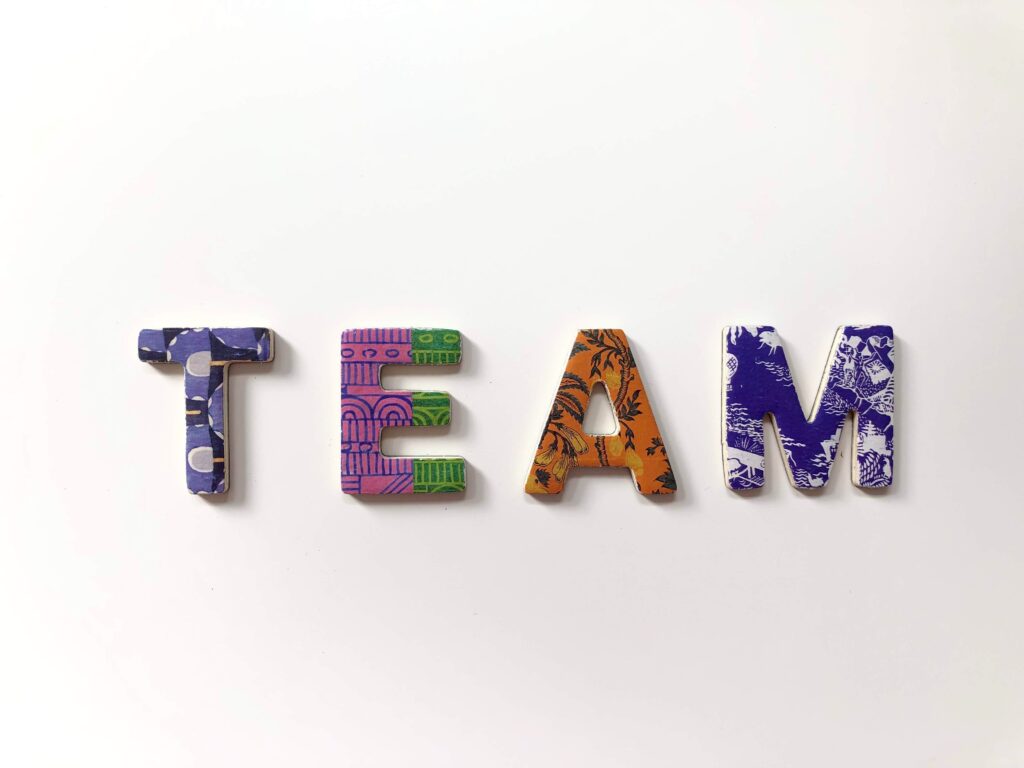
Last month, we looked at the importance of creating a thriving culture to benefit from a diverse workforce. This month, we are taking a step back. Before we can create a thriving culture, we must learn what kind of culture we currently have and whether or not our employees feel like they can thrive.
Thriving Culture
A thriving culture is a culture where everyone feels like they can choose to be their authentic self at work, where everyone feels valued and appreciated for their unique strengths and contributions, and where they trust their co-workers and leaders.
It is an environment that offers flexibility, balance, and support – recognizing that one size does not fit all. A thriving culture thrives because diverse employees feel like they are included and belong. The result: a thriving culture is more productive, innovative, and enjoyable to work in.
So why do so many of us struggle to create a thriving culture?
It is clear that organizational advantages come from building a diverse workforce where employees feel like they have an opportunity to thrive (Dixon-Fyle, Dolan, Hunt, & Prince, 2020). Leaders know it. In 2017, a Global Human Capital Trends study surveyed over 10,000 leaders and found that two-thirds of them thought diversity and inclusion were either “important” or “very important” (Bourke, 2018). Yet, here we are, struggling to create cultures where everyone has the opportunity to thrive. Where is the disconnect?
Disconnect: The difference between wanting to reach a goal and knowing what it takes to get there.

Some organizations have figured out how to create thriving cultures, but there are just as many, if not more, that have failed. Over the course of the last several years, I’ve encountered a wide range of organizations that want to embrace and benefit from a thriving culture, yet they have been unable to do so. For many of them, it is because there is a disconnect. There is a disconnect between the desired outcomes and the questions that they are willing to ask and address.
People are leaving jobs where they don’t feel respected, where they don’t feel like they can advance, and where they don’t feel like they are paid fairly. These are just three factors fueling turnover. All the barriers preventing employees from thriving are right in front of us, but we often miss, ignore, or overlook them. So how do we uncover them?
Sometimes complex problems are best addressed with simple questions:
What conditions, events, or behaviors do you think prevent people from feeling like they can thrive in our organization?
Have you ever asked your staff this simple question? What would you discover if you did?

Defining the Problem is often the Biggest Problem
Is it a problem if there is a condition, an event, or a behavior that prevents employees from feeling like they can thrive in your organization?
Does it matter how many employees that the condition, event, or behavior impacts?
Who has to know about the problem (or care about the problem) in order for it to be addressed and changed?
Three Reasons Cultures Don’t Thrive
- Not knowing change is needed
- Not knowing what to change
- Not wanting to change
The key is figuring out which group you fit into.
You must be willing to ask tough questions to find out what is holding you back and preventing you from creating a culture where everyone has the opportunity to thrive.
All my best,
Kristin Heck Sajadi

Kristin Heck Sajadi, Social Awareness Educator, Social Dynamics Consultant, Founder, Shyft Strategies, LLC
Sajadi is a sociologist, entrepreneur and developer of the Shyft5 TM program – helping individuals and organizations build thriving cultures by overcoming the bias and blind spots holding them back.
Shyft5 TM program tackles challenges and builds awareness—the benchmark for effective communication, productive interaction, and thriving cultures in today’s organizations.
At Shyft Strategies, we help you uncover the unconscious thinking and actions that create obstacles and barriers. We help you navigate today’s new business and human capital reality. The first step to moving forward is increasing awareness. Awareness isn’t just learning a new fact or statistic. It is connecting the dots between the reality of what is and why, so that we can consciously and cognitively shyft to what can be and how.



